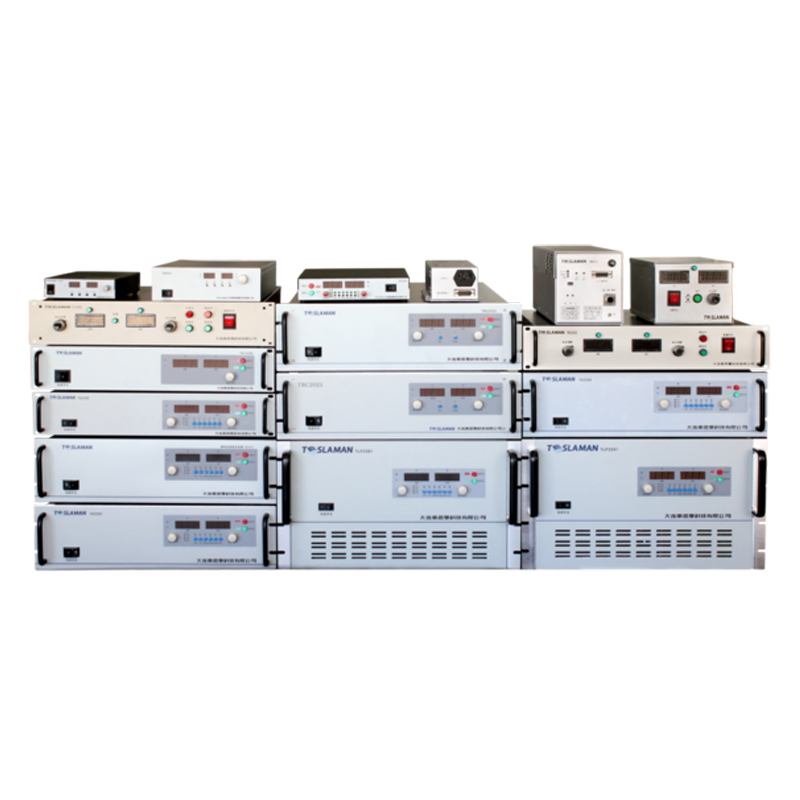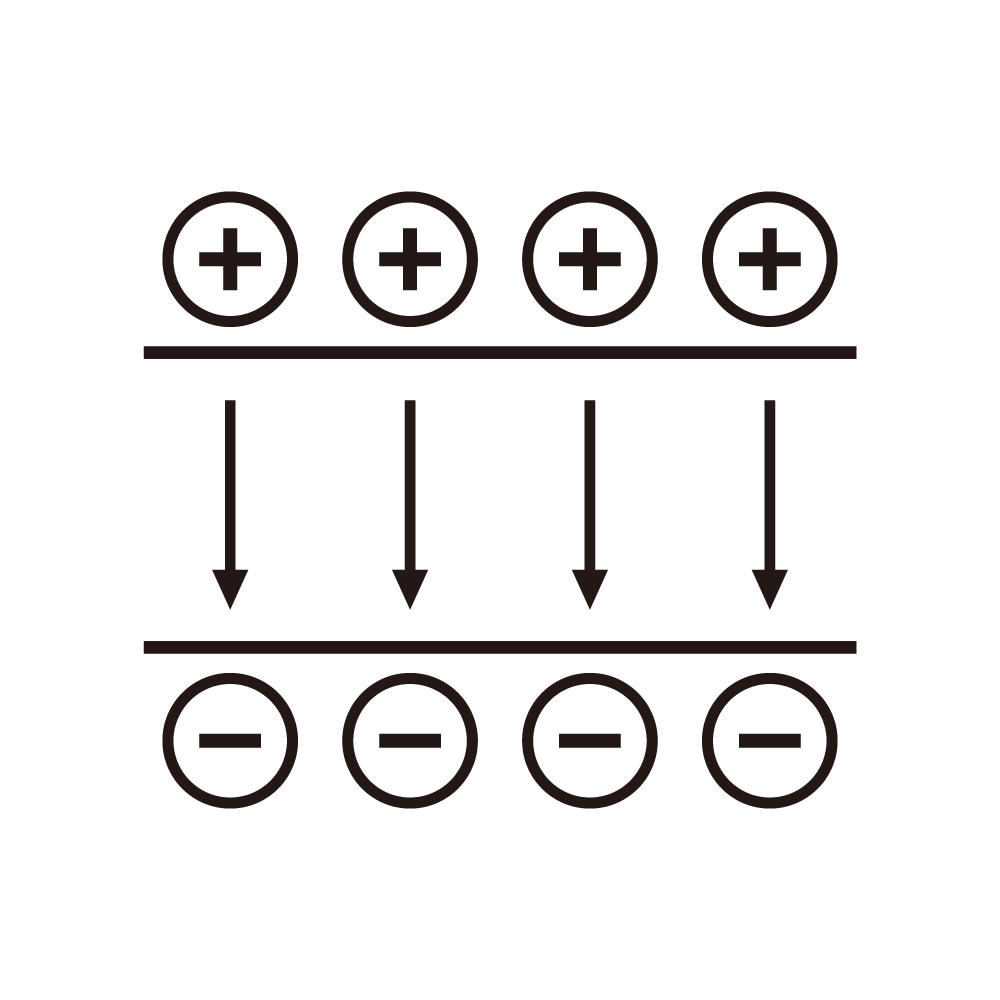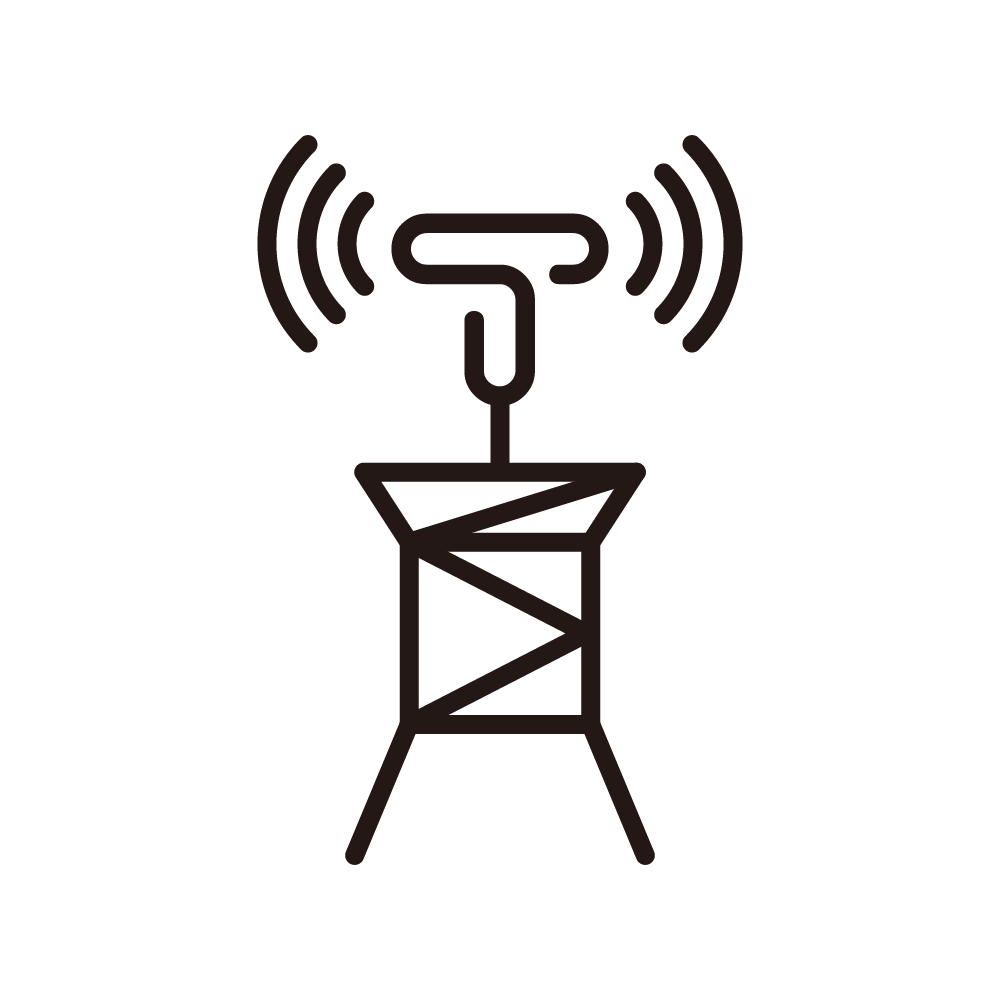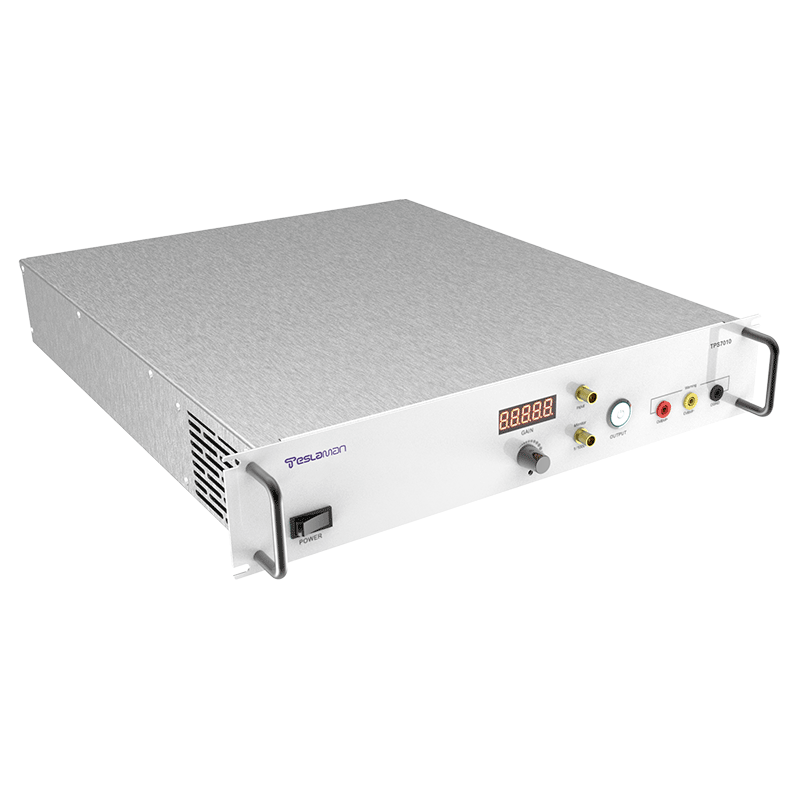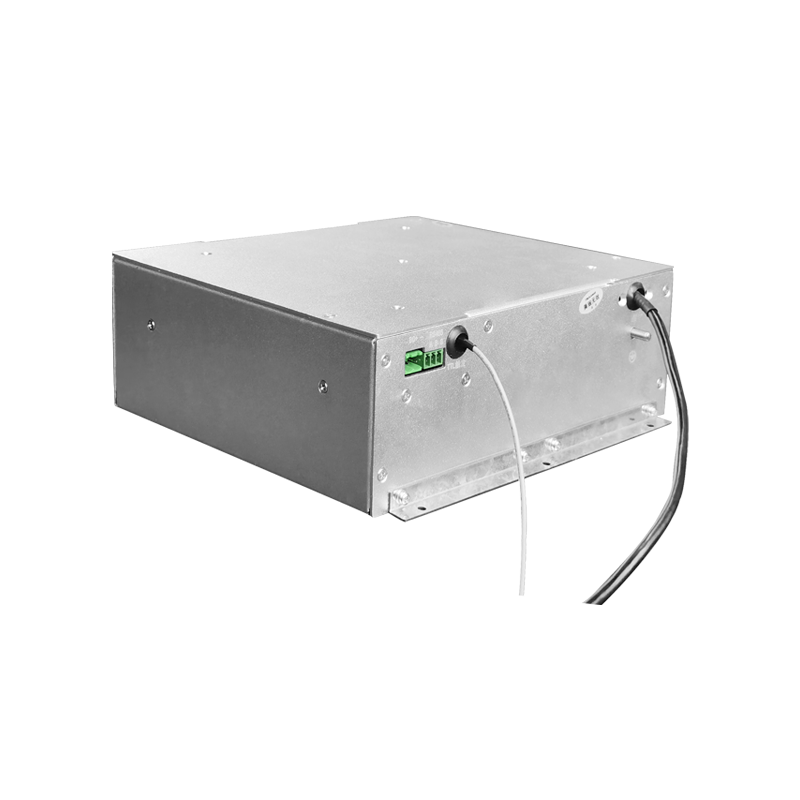Exploration of Low-Power Operation Modes for X-Ray Machine High-Voltage Power Supplies
X-ray machine high-voltage power supplies (XMHVPs) are critical for generating the high voltage required for X-ray tube operation, and their power consumption directly affects the energy efficiency of X-ray machines—especially for portable X-ray machines (used in emergency rescue and field medical treatment) and dental X-ray machines (used in clinics), where battery life and energy saving are key performance indicators. Traditional XMHVPs operate in a single full-power mode, even when the X-ray machine is in standby or low-load states (such as during fluoroscopy), resulting in unnecessary energy consumption: standby power consumption accounts for 20%-30% of the rated power, and the battery life of portable X-ray machines is usually less than 4 hours, which limits their application in scenarios with limited power supply.
To solve this problem, three low-power operation modes for XMHVPs are explored, combined with adaptive control strategies: (1) Standby mode: When the X-ray machine is not in use (standby time > 30 seconds), the XMHVP automatically enters standby mode. In this mode, non-essential circuits (such as the high-voltage sampling module, display driver, and communication module) are turned off, and only the wake-up module (power consumption < 10 mW) and the core control unit (using a low-power MCU with a sleep current < 1 μA) remain active. The wake-up module can trigger the XMHVP to switch to normal mode within 100 ms through external signals (such as a foot switch or button), ensuring rapid response. The standby power consumption of the XMHVP is reduced from 50 W (full-power standby) to < 5 W, a reduction of 90%. (2) Dynamic load-adaptive mode: During X-ray machine operation, the XMHVP adjusts its output power and operating parameters according to the load state (fluoroscopy or radiography). For fluoroscopy (low load: output voltage 40-80 kV, current 1-5 mA), the XMHVP reduces the switching frequency of the power converter from 100 kHz (radiography mode) to 20 kHz, reducing switching losses by 60%; at the same time, a low-power GaN HEMT (gallium nitride high-electron-mobility transistor) is used instead of the traditional IGBT, as GaN HEMTs have lower on-resistance (0.1 Ω) and switching losses, further reducing power consumption. For radiography (high load: output voltage 80-150 kV, current 10-100 mA), the XMHVP switches back to full-power mode to ensure sufficient X-ray intensity. (3) Energy recovery mode: During the pulse interval of X-ray emission (the time between two consecutive X-ray pulses), the XMHVP activates the energy recovery circuit. This circuit consists of a diode rectifier bridge and a supercapacitor energy storage unit, which recovers the energy stored in the high-voltage transformer and inductors (usually wasted as heat in traditional designs) and stores it in the supercapacitor. The recovered energy is reused in the next X-ray pulse, reducing energy waste by 15%-20%.
In the test of a portable dental X-ray machine equipped with the optimized XMHVP, the battery life was extended from 4 hours to 8 hours under continuous fluoroscopy operation, and the total energy consumption during a single radiography procedure (including standby and operation) was reduced by 35% compared with the traditional XMHVP. This exploration not only improves the energy efficiency of X-ray machines but also expands their application scope in power-constrained environments, providing a reference for the low-power design of medical high-voltage power supplies.
